- Home
- Anaemia Awareness
Critical Importance of Anaemia Awareness
Anemia awareness is crucial as it affects millions worldwide, yet many remain undiagnosed. Lack of awareness leads to delayed treatment, impacting overall health and well-being. Public education campaigns are vital to promote understanding, early detection, and management of anemia.
Understanding Anemia:
Anemia is a condition characterized by a deficiency of red blood cells or hemoglobin, impairing oxygen transport to tissues. Causes include nutritional deficiencies, chronic diseases, genetic factors, and certain medications. Understanding anemia involves recognizing its diverse etiology and its impact on health.
- What is Anemia? : Anemia is a medical condition characterized by a reduced number of red blood cells or hemoglobin in the blood, leading to decreased oxygen-carrying capacity. This deficiency can result from various factors, including nutritional deficiencies (such as iron, vitamin B12, or folate), chronic diseases, genetic disorders, or blood loss.
- Common Types and Their Causes: Common types of anemia include iron deficiency anemia, caused by inadequate iron intake or absorption, and vitamin deficiency anemias like B12 or folate deficiency anemia. Chronic diseases such as kidney disease or inflammatory conditions can also lead to anemia, as can genetic disorders like sickle cell anemia.
- Symptoms to Recognize: Symptoms of anemia may include fatigue, weakness, pale skin, shortness of breath, dizziness, and cold hands and feet. Other signs may include brittle nails, headaches, and rapid heartbeat. Recognizing these symptoms is crucial for early detection and management of anemia.
The Impact of Anemia on Public Health:
Anemia poses a significant burden on public health globally, contributing to morbidity, mortality, and impaired quality of life. It affects individuals of all ages and socioeconomic backgrounds, disproportionately impacting vulnerable populations in low-income regions. Addressing anemia comprehensively requires multifaceted public health strategies.
- Statistics and Prevalence Globally: Anemia is a widespread health concern, affecting approximately a quarter of the world’s population, with the highest prevalence in low-income and middle-income countries. According to the World Health Organization (WHO), about 1.62 billion people worldwide are affected by anemia, with pregnant women and children under five being the most vulnerable groups.
- High-Risk Groups and Anemia: Certain populations face a higher risk of anemia due to factors like poor nutrition, chronic illnesses, and socioeconomic disparities. Vulnerable groups include pregnant women, children, adolescents, the elderly, and individuals with chronic conditions such as kidney disease or HIV/AIDS. Targeted interventions and screening programs are essential to address anemia within these high-risk populations.
- Economic and Social Implications: Anemia carries significant economic and social burdens, affecting productivity, healthcare costs, and overall quality of life. In low-income countries, the economic impact is particularly pronounced, with anemia contributing to cycles of poverty and inequality. Socially, anemia can hinder educational attainment, perpetuate gender disparities, and exacerbate health inequities.
The Role of Awareness in Managing Anemia:
Awareness plays a crucial role in the effective management of anemia by promoting early detection, prevention, and treatment. Educational campaigns aimed at healthcare professionals and the general public raise awareness about risk factors, symptoms, and available resources. Enhanced awareness encourages individuals to seek timely medical care and adopt preventive measures such as dietary changes and supplementation.
- Importance of Early Diagnosis: Early diagnosis of anemia is paramount for preventing complications and improving outcomes. Routine screening, especially in high-risk populations, facilitates early detection and prompt intervention. Healthcare providers play a key role in conducting comprehensive assessments, identifying underlying causes, and implementing tailored treatment plans to address anemia effectively.
- Lifestyle and Dietary Changes: Lifestyle modifications, including dietary changes and supplementation, are essential components of anemia management. Adequate intake of iron-rich foods, vitamin B12, and folate can help prevent and treat nutritional deficiencies that contribute to anemia. Furthermore, promoting healthy lifestyle habits such as regular physical activity and avoiding tobacco and alcohol can support overall hemoglobin levels and improve health outcomes.
- Advances in Medical Treatments: Medical advancements have expanded treatment options for anemia, including iron supplementation, erythropoiesis-stimulating agents, and blood transfusions. Additionally, targeted therapies may be available for specific underlying causes of anemia, such as autoimmune disorders or chronic kidney disease. These advancements offer personalized treatment approaches tailored to individual needs and medical histories.
Anemia Awareness Campaigns and Their Impact:
Anemia awareness campaigns play a crucial role in educating the public about the risks, symptoms, and management of anemia. These campaigns utilize various platforms such as social media, community events, and healthcare settings to reach diverse audiences. Their impact includes increased knowledge, earlier detection, and improved access to resources and support for individuals affected by anemia.
- Successful Global Awareness Campaigns: Several successful global awareness campaigns have contributed to raising awareness about anemia and its implications. Examples include World Anemia Day, campaigns led by international organizations like the World Health Organization (WHO) and UNICEF, and partnerships between governments, non-profits, and private sectors. These campaigns employ evidence-based messaging, engage stakeholders, and leverage media channels to reach broad audiences and effect positive change.
- Role of NGOs and Government in anemia Awareness: NGOs drive impactful grassroots campaigns, engaging communities and providing vital support for anemia awareness. Simultaneously, governments set the stage for comprehensive action by formulating policies and allocating resources within healthcare systems. Through this dynamic partnership, both entities work collaboratively to implement sustainable solutions, resulting in a significant reduction in anemia prevalence and improved health outcomes for vulnerable populations. In our GWP family, no one fights alone. GWP has helped over 165 women by offering free tests/check-ups, access to professional doctors who educate them about anemia, and providing free medicines for treatment. Our professional doctors educate them about anemia, and each participant receives a nutritious food kit. Additionally, we offer our specially made “POWER BREAD,” a fully ragi bread that not only promotes health but also adds delicious flavor to meals.
- Case Studies of Effective Strategies: Case studies of effective anemia awareness strategies highlight the importance of tailored approaches to different populations and contexts. Successful strategies often involve collaboration between healthcare providers, community organizations, and government agencies. Examples include targeted screening programs in high-risk communities, culturally sensitive educational materials, and incentives for seeking preventive care and treatment.
Tools and Resources for Anemia Awareness:
Various tools and resources are available to support anemia awareness efforts, including educational materials, screening guidelines, and online resources. Healthcare providers can access clinical guidelines and decision support tools to facilitate early diagnosis and management. Community organizations and advocacy groups offer educational materials, support networks, and outreach programs to raise awareness and promote health literacy.
- Educational Materials and Resources: Educational materials are essential for disseminating accurate information about anemia to diverse audiences. These materials may include brochures, fact sheets, infographics, videos, and online resources. Culturally appropriate and linguistically accessible materials are particularly important for reaching underserved communities and addressing health disparities related to anemia.
- Community Outreach Programs: Community outreach programs play a vital role in reaching populations at risk of anemia and providing access to education, screening, and support services. These programs engage community leaders, local organizations, and volunteers to deliver targeted interventions, such as health fairs, mobile clinics, and educational workshops. By fostering partnerships and empowering communities, outreach programs contribute to sustainable efforts to raise anemia awareness and improve health outcomes.
- Online Platforms and Social Media Use: Utilizing online platforms and social media is instrumental in amplifying anemia awareness efforts. Organizations and individuals can share educational content, personal stories, and resources to reach a wide audience. Hashtags, online campaigns, and interactive content foster engagement and encourage dialogue about anemia prevention, treatment, and support.
Personal Stories and Testimonials
- Real-Life Impacts of Awareness: Increased awareness of anemia can have tangible real-life impacts, including earlier diagnosis, improved access to care, and better health outcomes. By understanding the signs and symptoms of anemia, individuals can seek timely medical attention, leading to effective management and reduced complications. Additionally, heightened awareness can drive policy changes and resource allocation to address anemia on a broader scale.
- Stories of Recovery and Hope: Sharing stories of recovery and hope can inspire others affected by anemia and foster a sense of community and support. Personal narratives highlight the challenges faced, the journey to diagnosis and treatment, and the positive outcomes achieved through perseverance and medical intervention. These stories not only raise awareness but also offer encouragement and empowerment to individuals navigating their own experiences with anemia.
- How to Participate in Anemia Awareness: Participating in anemia awareness initiatives can be as simple as sharing information on social media, volunteering at local events, or organizing educational sessions in your community. Supporting advocacy efforts, fundraising for research and treatment programs, and promoting healthy lifestyle choices are also impactful ways to contribute to anemia awareness and prevention.
- Volunteering and Community Engagement: Volunteering for anemia awareness campaigns and community engagement activities allows individuals to directly contribute to raising awareness and supporting affected individuals. Opportunities may include assisting with health screenings, distributing educational materials, organizing fundraising events, or providing peer support to those living with anemia. Volunteering fosters connections and promotes positive health outcomes within communities.
- Advocacy and Policy Change: Advocacy efforts are essential for driving policy changes and resource allocation to address anemia at local, national, and global levels. Advocates can work with policymakers to prioritize anemia prevention and treatment programs, improve access to healthcare services, and promote policies that address underlying determinants of anemia, such as poverty and food insecurity. By advocating for systemic change, individuals can make a lasting impact on anemia awareness and public health outcomes.
- Supporting Research and Development: Investing in research and development is crucial for advancing anemia awareness and treatment options. Funding research studies on anemia etiology, prevalence, and interventions helps expand knowledge and improve outcomes for affected individuals. Collaborative efforts between researchers, healthcare professionals, and policymakers drive innovation and pave the way for evidence-based practices in anemia management.
The Future of Anemia Awareness:
The future of anemia awareness holds promise for continued progress in prevention, diagnosis, and treatment. Efforts to raise awareness will increasingly leverage digital platforms, personalized messaging, and community engagement strategies to reach diverse populations. As research and technology advancements unfold, the landscape of anemia awareness will evolve to address emerging trends and challenges.
- Emerging Trends and Research: Emerging trends in anemia awareness include a focus on addressing disparities in access to care, integrating anemia screening into routine healthcare protocols, and exploring novel treatment modalities. Research efforts aim to elucidate genetic predispositions to anemia, identify biomarkers for early detection, and develop targeted therapies tailored to individual needs.
- The Role of Technology and Innovation: Technology and innovation play a pivotal role in advancing anemia awareness and management. Digital health tools, such as mobile applications and wearable devices, offer opportunities for self-monitoring, education, and remote consultation. Innovations in diagnostics, such as point-of-care testing and telemedicine, enhance accessibility and efficiency in diagnosing and treating anemia.
- Predictions and Goals for the Next Decade: In the next decade, the field of anemia awareness is poised to achieve significant milestones, including improved screening strategies, personalized treatment approaches, and enhanced public health interventions. Key goals include reducing anemia prevalence, addressing underlying determinants of anemia, and promoting health equity through targeted interventions and policy advocacy.
Conclusion:
Anemia awareness is pivotal in ensuring timely diagnosis and effective management of this widespread condition. By educating communities about risk factors, symptoms, and available treatments, we empower individuals to take proactive steps towards better health. Through collaborative efforts in research, advocacy, and policy change, we can address underlying determinants of anemia and reduce its impact on global health. By fostering a culture of awareness and support, we can improve access to care and ultimately enhance the quality of life for those affected by anemia. Together, let us continue to raise awareness, promote prevention strategies, and advocate for equitable healthcare for all.
Our Gallery


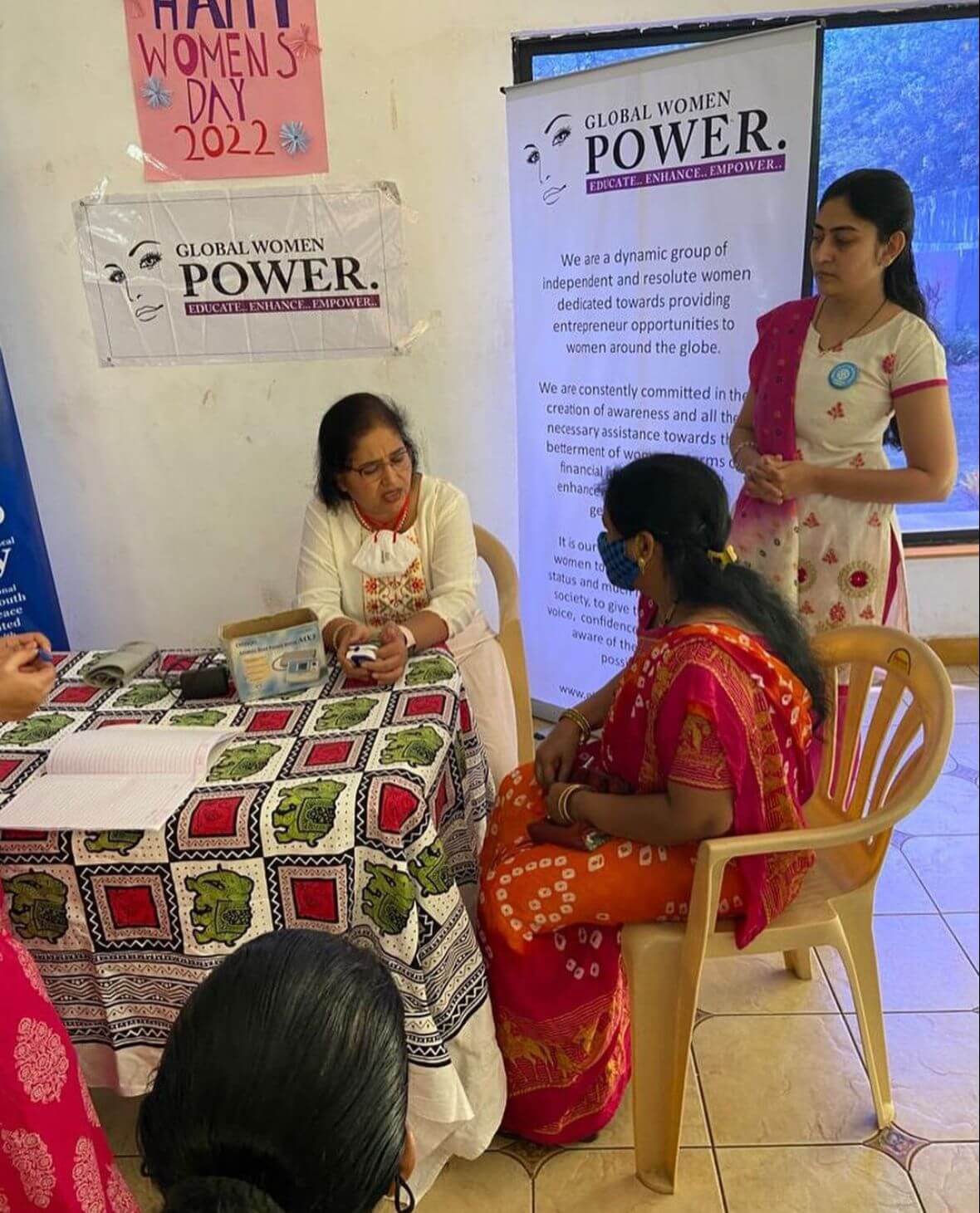
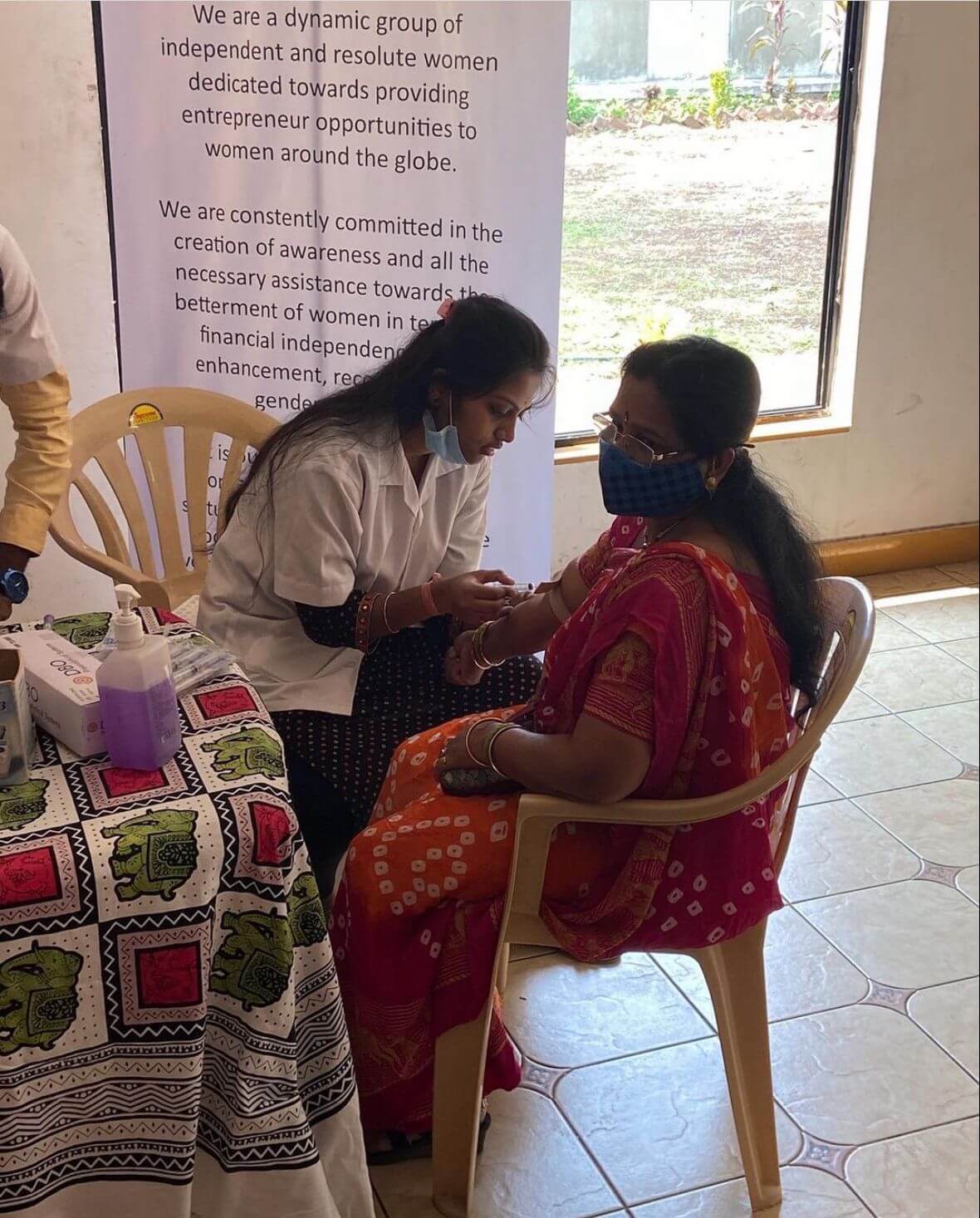
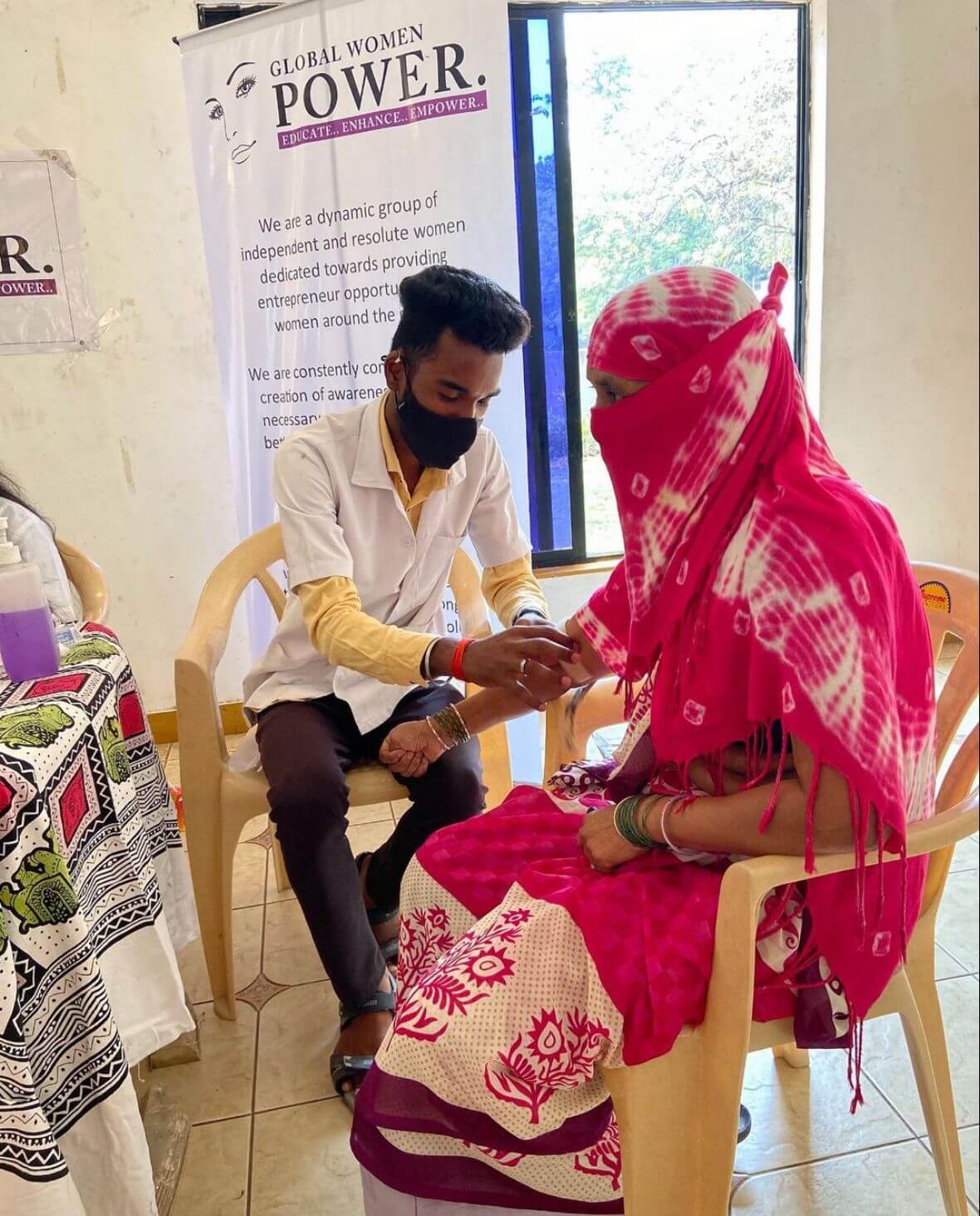
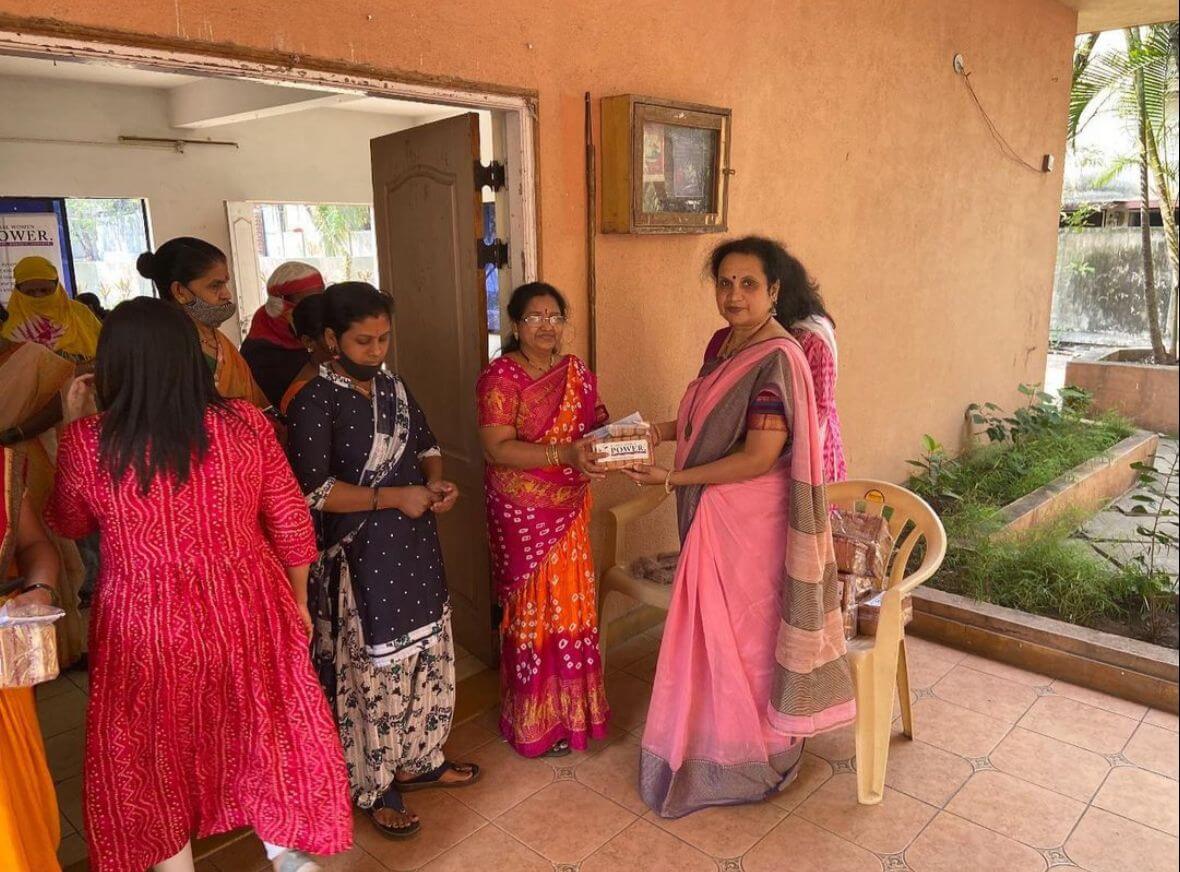
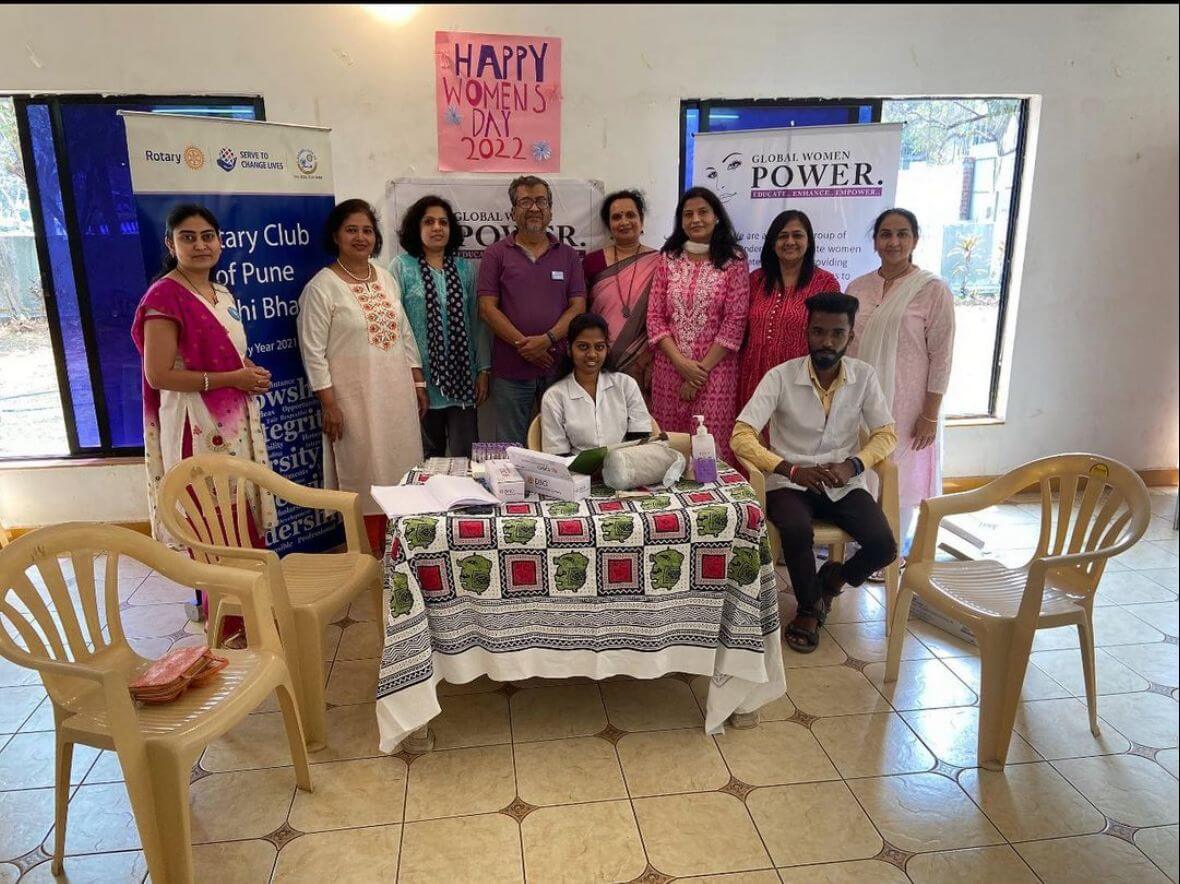
FAQ's
Anemia is a medical condition characterized by a deficiency of red blood cells or hemoglobin in the blood, resulting in reduced oxygen-carrying capacity.
Common symptoms of anemia include fatigue, weakness, pale skin, shortness of breath, dizziness, rapid heartbeat, and cold hands and feet.
Anemia can be caused by various factors, including nutritional deficiencies (such as iron, vitamin B12, or folate), chronic diseases (such as kidney disease or cancer), genetic disorders (such as sickle cell anemia), and blood loss (such as from heavy menstrual periods or gastrointestinal bleeding).
Certain populations are at a higher risk of developing anemia, including pregnant women, infants and young children, adolescents, the elderly, individuals with chronic illnesses, and those living in poverty or with limited access to nutritious food.
Anemia is typically diagnosed through blood tests, including a complete blood count (CBC) and additional tests to measure hemoglobin levels, red blood cell count, and other parameters related to blood cell health.
Treatment for anemia depends on the underlying cause and severity of the condition but may include dietary changes, iron or vitamin supplementation, medications to stimulate red blood cell production, blood transfusions, or management of underlying health conditions.
Anemia prevention involves maintaining a healthy diet rich in iron, vitamin B12, and folate, avoiding risk factors such as excessive alcohol consumption or smoking, managing chronic illnesses effectively, and seeking prompt medical attention for any symptoms suggestive of anemia.
While mild cases of anemia may cause only mild symptoms or go unnoticed, severe or untreated anemia can lead to complications such as heart problems, pregnancy complications, impaired cognitive function, and increased risk of infections. It is important to seek medical advice for proper diagnosis and management.
